|
If you missed Part 1, about finding Arctic Hive, click here. If you missed Part 2, about how my cousin Jamie inspires me, click here. It was always part of the deal marrying Sean that we’d need to live in the mountains. Growing up in the Midwest, my only concept of “mountains” was from a few memorable ski trips with extended family in the 90s. If you know, you know — my family wore matching crew-neck sweatshirts screen-printed with the year to commemorate our trip “out west”. I had very little idea of what lay beyond the Rocky Mountains. Alternately, Sean grew up out west — all he knew was mountains. In his mind, everywhere has been a stepping stone in the direction of the 49th state. I think I wrote it off and laughed, “We could never do that!” so many times that I’d blocked it out as a possibility all together. When I told an intuitive friend that we’d found our forever home in Montana, she told me: “I don’t see you staying there. I feel like you’ll go further north.” “Further north” in my limited mind meant somewhere between Whitefish, Montana and the Canadian border, 1 hour drive north... that didn’t leave a ton of options! But by 2016, everything started to become clear... Sean had experienced a number of strange, seemingly unrelated medical issues. We were building a life off-grid at the time, and while the hard, outdoor labor likely flared his symptoms, it also fueled his drive to become incredibly in tune with his body and with the earth. I remember so many healing days we spent in our straw-bale garden, herding our 40+ chickens, ducks and turkey’s, and building our first off-grid cabin. It was hard work — and we loved it. Sean did what he does best — research, and advocate for himself to get the care and the diagnosis he knew was within reach. He suspected Lupus before he ever heard a doctor say it. By the time they officially diagnosed him, his research had reached a fevered pitch. Unbeknownst to me — or anyone that doesn’t live with a chronic disease — Sean was carefully calculating the reality of life as a professional snowboarder with Lupus and deciding how to heal himself from the inside, out. What Sean did next amazes me, to this day. He told me with complete conviction: I’m moving to Alaska. After years of hearing this phrase, I knew this time he meant it. It was the epitome of Warren Miller’s sentiment: “If you don’t do it this year, you’ll be one year older when you do.” Mountains are his healing place — and after years living in Montana in close proximity to Glacier National Park where we were always the “odd ones” living off grid, that place had served its purpose... and he knew it. Like the thousands of species of birds, caribou and other creatures that set their course to migrate to the arctic tundra, Sean intuitively set his own inner compass to find healing in Alaska. (Below: Sean with our sweet senior Weimaraner, Daisy on that first journey north! Below that, our “starter” mounted to the roof with smiling Glacier and Powder.) Despite years of telling myself (and everyone around me) that we would never leave Whitefish, I finally realized that wherever Sean was is my home. All the yoga studios and quaint resort towns in the world would never fill my heart the way Sean could. So I followed my best friend north. It took us a few years, and it took a lot of imagination (as I explained in part 1!), but we landed at the (literal) end of the road here in the Brooks Range. As life would have it, Sean wasn’t the only one who found healing in these mountains. The personal growth and life wisdom I’ve earned creating our life in the arctic was something I never anticipated as a part of this journey. Turns out, the path was calling me just as much as it called to Sean. And so, we arrive back at the idea of “I could never do that...” If I’d clung to that statement, I’d still be in the place I thought I wanted to live without the one person I wanted to live there with. “I could never” was a a self-imposed limitation keeping me from all the possibilities on the other side. The truth is: If we keep saying “I could never,” we keep believing it. And I’m here to tell you (as is Sean) that on the other side of “I could never,” there is self-confidence, wild adventures, and inevitable healing to be had. Sean now lives his best, healthiest life, despite T1D, epilepsy, Rheumatoid Arthritis, and Lupus. Instead of allowing these autoimmune diseases to keep him from living life, he has learned to find harmony with his body and peace in his mind — which I’ve been fortunate enough to learn through him. There are days he has to take it easy, just like there are days I have to do the same! Our partnership has become stronger through the mountain of challenge we’ve overcome.
All the while, the Brooks Range peaks sit here — as they’ve always done... quietly observing life unfold. If you’re telling yourself you could never do this, or that... it’s time to stop and consider — if even for a moment — what if you could? No pressure. Just see what happens next. Sending lots of love. Thanks for following along on our journey. In light, Mollie
0 Comments
If you missed Part 1 of this story, click here to read! If I’ve heard it once, I’ve heard it a million times. They ask: “Is it really that cold / dark / wild in the arctic?!” Yes! The next words out of most people’s mouths start with Oh, I could NEVER... I smile and nod. I love to enlighten people with stories of the magical foam board that keeps your tush warm in the outhouse at -40F. Or telling them how liberating it is for women to learn to pee outside! But my inner wordsmith can’t help but chide when they claim they could never do this or that: You actually can. You’re just choosing not to. And sure... they’re just words. But I’d argue that words are everything. Words bring us together. Words tear us apart. And words have the power to help actualize the things we cannot imagine otherwise. So today, I’d like to tell you a story to support my assertion that we should all think twice before we say I can’t... Meet my cousin, Jamie Jensen: Jamie was diagnosed with cerebral palsy at birth, rendering him quadriplegic. Today, he’s a living miracle at over 40 years old. And while my memories of growing up with Jamie are limited to extended family gatherings and holidays, I always recount his intelligence, his sense of humor, and the fact that if he wasn’t steering his motorized chair from A to B with his two right fingers, one (or more!) of my aunts, uncles or cousins was moving him to where the crowd was... on a boat, in a van, at the table, or cozied up to the bar. He has always been just as much a part of our family as anyone. (Quite often, he’s the life of the party!) Although I didn’t know much about Jamie’s life or his faith journey while we were growing up, he and I connect more often these days to check in and swap stories. And, I recently learned more of his origin story through a feature on the TV show, 60 Minutes, and also in chapter six of the book, “Everyday Miracles of Lourdes,” by Marlene Watkins. Hearing his story through the eyes of others was inspiring. I learned Jamie’s turning point was about two decades ago, on his first trip to the Sanctuary of Our Lady of Lourdes, in Southern France — the site of 70 miracles recognized by the Catholic Church. His sister (my cousin, Francesca) pushed for him to visit, not necessarily with the hope to save his body — but rather, to save his heart from bitterness and resentment built up over time. In short, his trip to Lourdes was profound. He felt his own miracle so deeply in his heart that he recommitted to his faith and has guided pilgrims as a Lourdes volunteer every year for the past 19 years. Jamie played an important role in revolutionizing the airline industry and how they tend to disabled guests, especially on international flights. Out of his entire chapter in the book (which you’ll just have to read yourself!), what struck me most was Jamie’s answer to a simple question — if he could do anything, what would he wish for?
Watkins writes, “Jamie could have wished to move a limb for so many other reasons most of us take for granted in our mobile daily activities. Jamie could not scratch an itch, brush his teeth, open a door, wipe away a tear or sign his name. Yet if he could move his arm, only once, it would be to make the Sign of the Cross.” The reality of Jamie’s heart-felt “I can’t” confession had a ripple effect that is still being felt throughout the international Lourdes community today, and beyond — all the way to my heart in the Alaskan arctic. His “I can’t” serves as a sacred reminder to all of us who can to be grateful for what we can do. Not merely proclaiming “I’m grateful” ... but practicing gratefulness through our words and actions. Whether you, too, make a second Sign of the Cross in honor of those who cannot, or — if that gesture doesn’t resonate — choose to do the same with a different sacred ritual you have. Or... perhaps you simply curb your instinct to say “I can’t,” when indeed, you can. Reserving the words “I can’t” for when we truly mean it is a mindfulness practice, in and of itself. My hope is that every one of us can find gratitude for the things we can do — and make peace with those we cannot. Have a great holiday week — I’ll see you in your inbox on Sunday for the third and final story in this series. In light, Mollie “It’s perfect...” he breathed. I looked around, trying to see what Sean was seeing in that moment, on a snow-covered plot of land in the middle of the Brooks Range. After exploring via skis/splitboard, it was clear there were no roads in or out, and the closest human contact was a village of 10-ish people a mile away, of whom we knew... no one. There were one million reasons to say “we can’t”. But it was 2019, and we were in a season of saying “yes.” I was traveling back and forth from Montana to Alaska, to Wisconsin, to India and back again. I owned yoga studios in the lower 48. In years prior, Sean had settled our cabin on the Kenai Peninsula, and had permanently moved to Alaska — patiently waiting for me to do the same. We were saying yes to all our desires and dreams, even when they didn’t yet make sense in the larger puzzle. I craved a nest, but — I’ll admit — I couldn’t “see it” in the arctic like Sean could on that fateful day. (Below, me skiing onto the land in 2019) What I lacked in imagination, I made up for in trust. I trusted Sean’s instincts. I trusted our ability to work together toward a common goal. And above all else, I trusted that the Universe would funnel us to where we were meant to be. “We can’t” would have been appropriate response to the idea of building a retreat center in the arctic, 7 hours from civilization. “We can” was the direction we chose. (Below, that same view as above… just a few years later!) Because the truth is: We can. I can. You can... do just about anything so long as you decide it. Once you say yes, the Universe unfolds in mysterious ways. Usually, the outcome looks nothing like your original plan — and that’s the fun of it. Like bowling balls headed toward pins, sometimes the Universe puts the bumpers up and we get funneled directly to our destination. Other times, we go straight into the gutter and miss the pins completely. In either scenario, our only job is to get ourselves into the lane. From there, we say YES to the nudges from the Universe... because we can. We say NO to opportunities that divert us from our primary goal — because we choose not to. Eventually we hit a pin. And if we’re paying attention to what feels good, we know we’ve hit a strike because we want to do it all over again. I’ve learned so much from living on this land in the Brooks Range — but perhaps my greatest lesson has been understanding that I can do anything I set my mind to. On behalf of wordsmiths everywhere, hopefully I’ve made a solid case to shelve the phrase “I can’t” more often — and opt for the mindful awareness of “I choose not to,” instead. (Below, Sean and the pups enjoying the last week of sun before Polar Night begins late next week!) Or... perhaps you’ve made it this far and you still don’t see the point in caring about words. Luckily, I’ve got a few more stories up my sleeve this week!
Stay tuned tomorrow for a story about someone really special in my life. If he can’t convince you that you can, perhaps no one will. Until then, Mollie |
Want to make sure you never miss an update from the Arctic? Click the button above, and our stories and updates from the Arctic will go straight to your inbox.
Archives
December 2023
Categories |
- Home
- About
- Press
- SUBSCRIBE
-
Retreats
- Retreat Calendar
- Bring a Group
- Harvest of the Heart: A Fall Equinox Yoga + Hiking Retreat
- Winter's Womb: A Women's Only Winter Solstice Yoga Retreat
- REWild: A Northern Lights + Yoga +Adventure Retreat
- Arctic Awakening: Learn how to be a dog musher in the Alaskan Arctic!
- Paws to Peaks: Dogsled Assisted Backcountry Skiing and Snowboarding in Alaska's Brooks Range
- Yoga Training
- Journal
contact usfind us |
keep in touch with usSubscribe to our newsletters for occasional updates, retreat dates, and more. We promise we won't send too many emails — and we'll always show pictures!
|
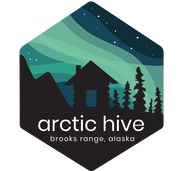
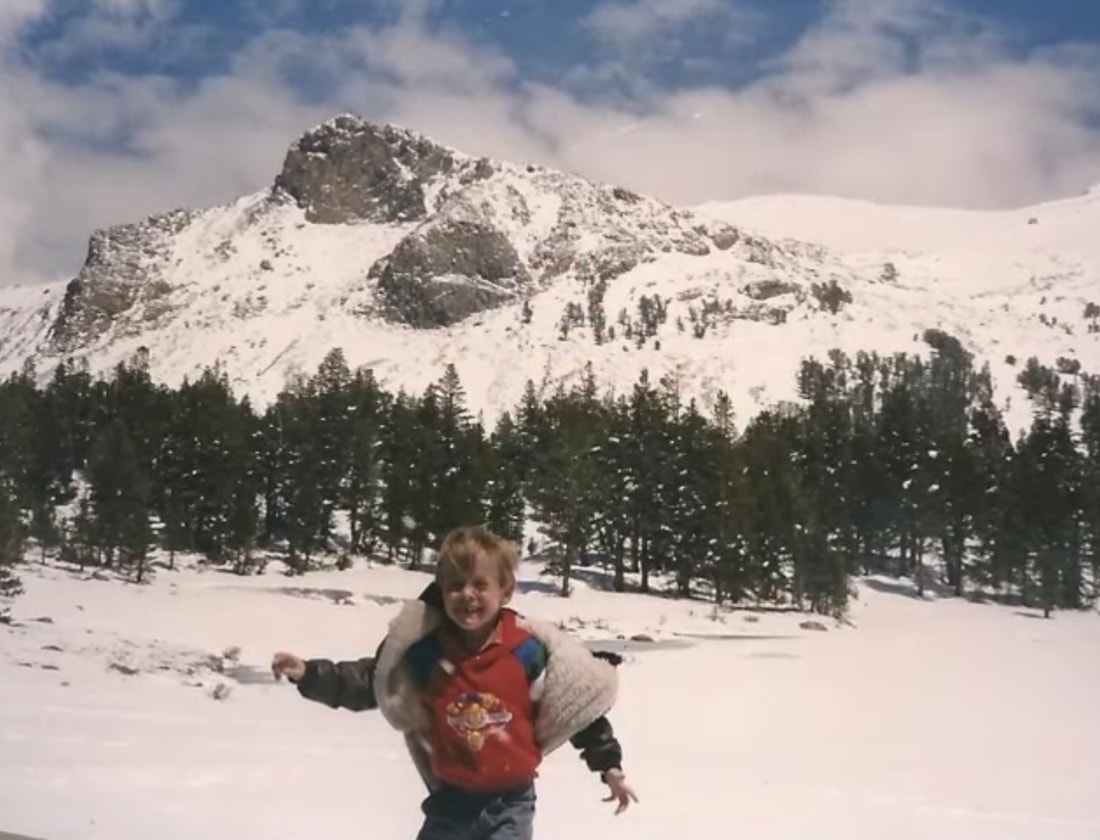
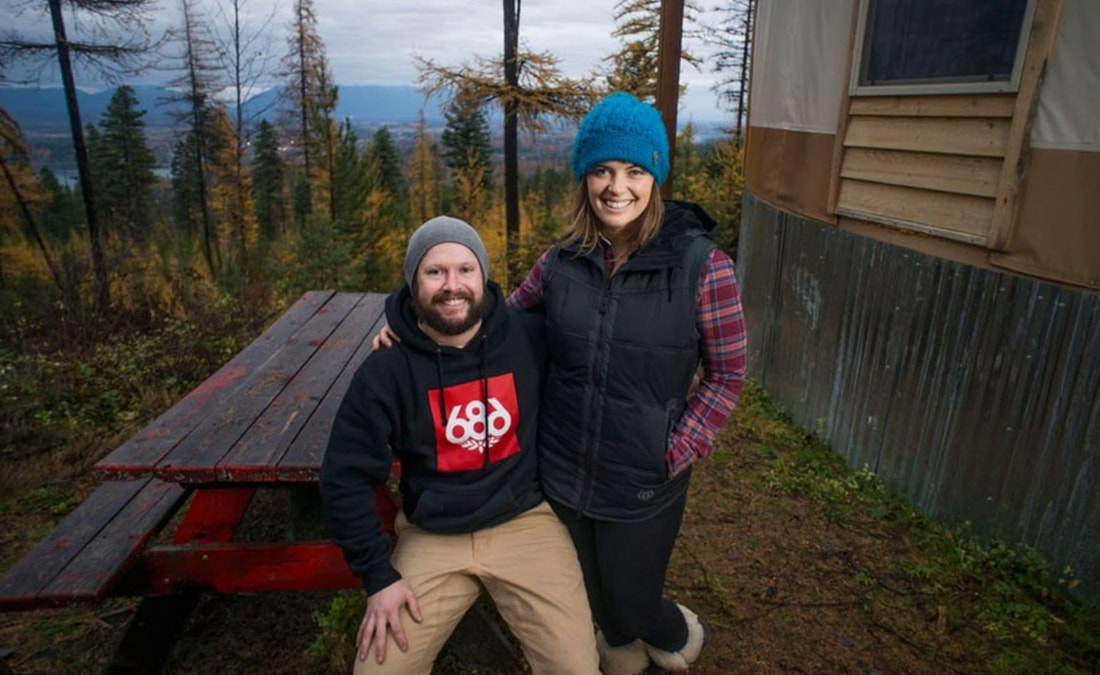
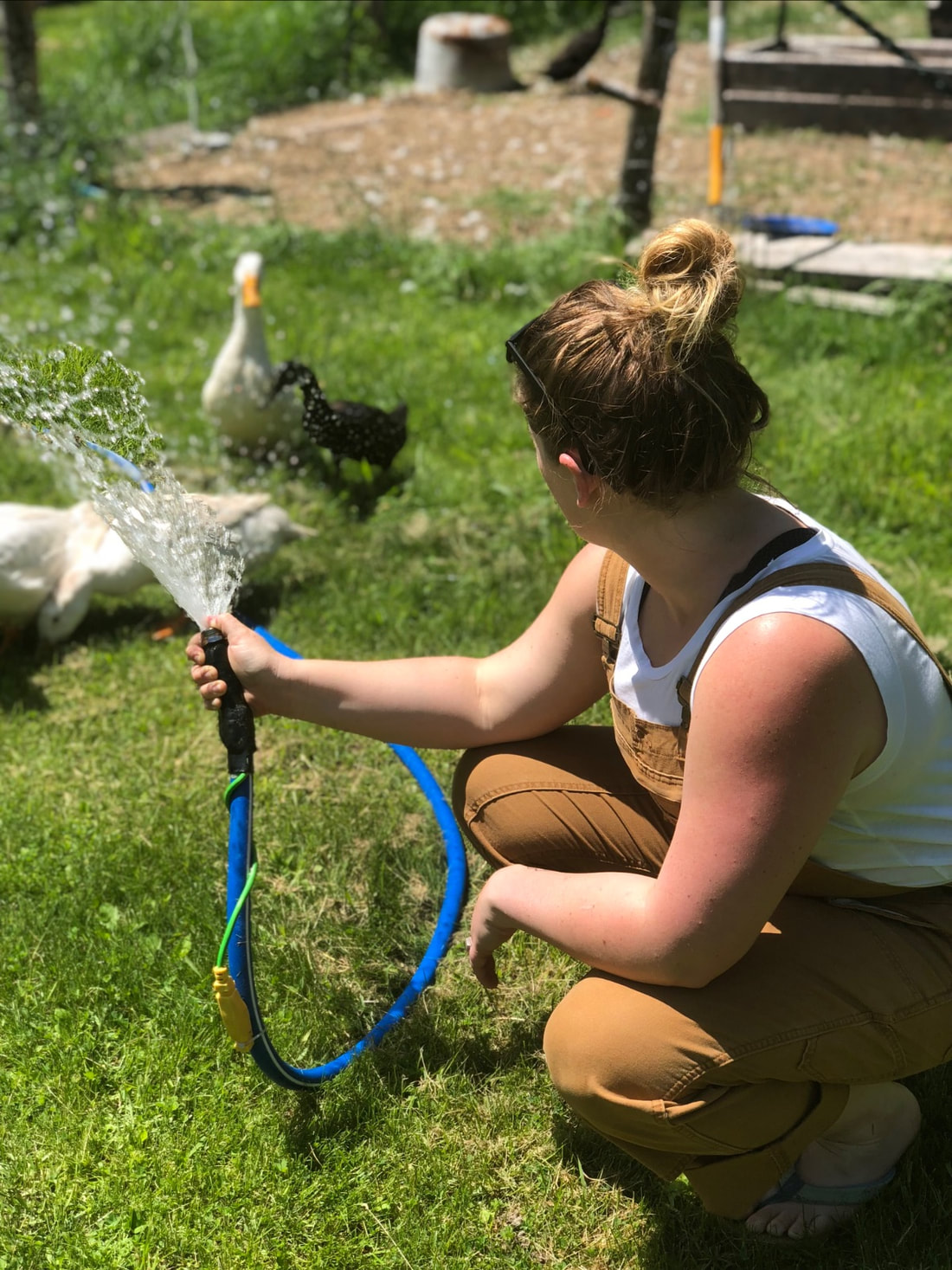

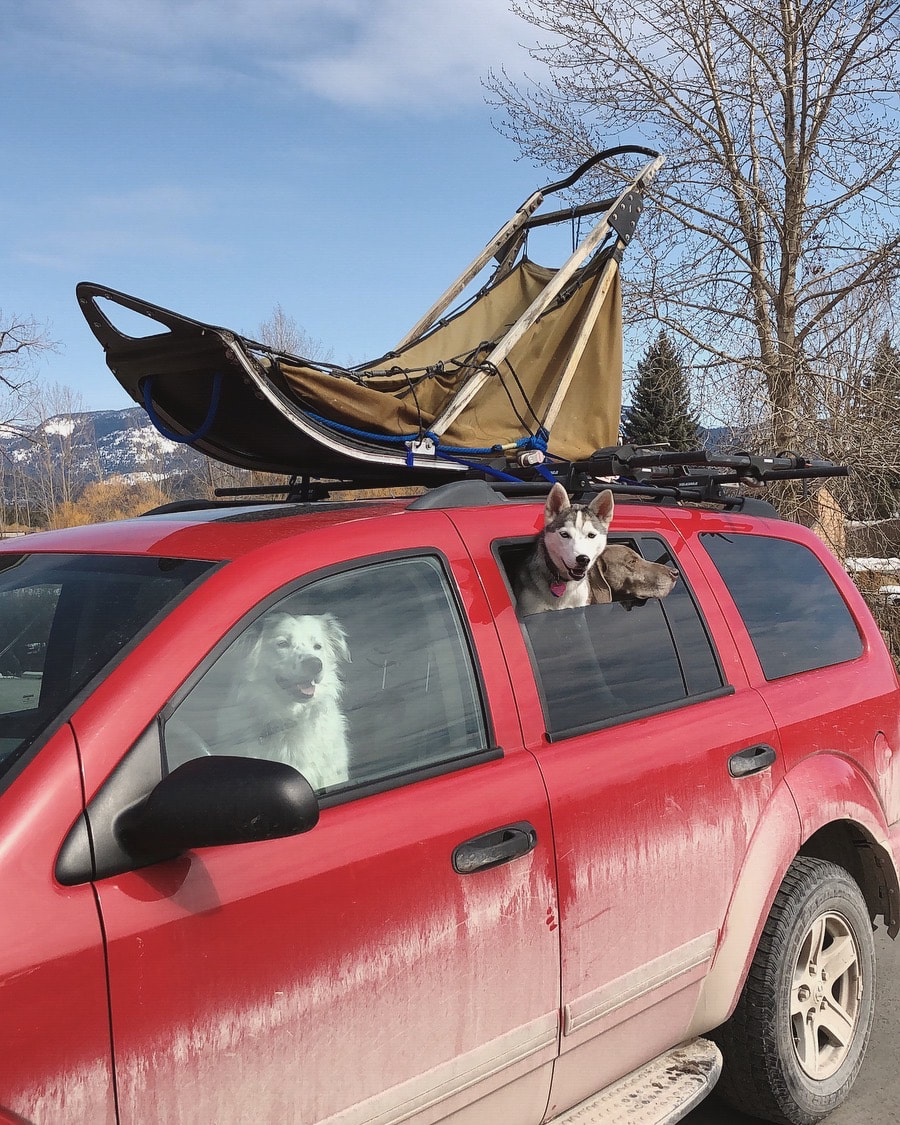
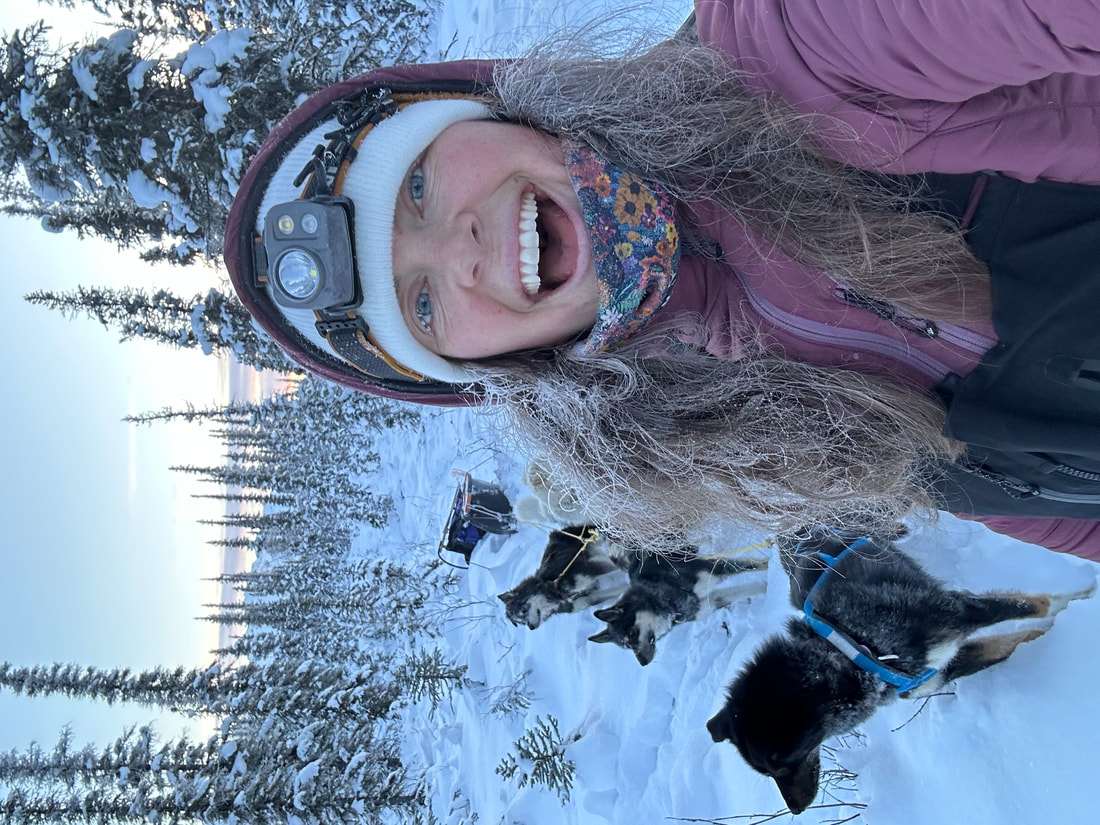
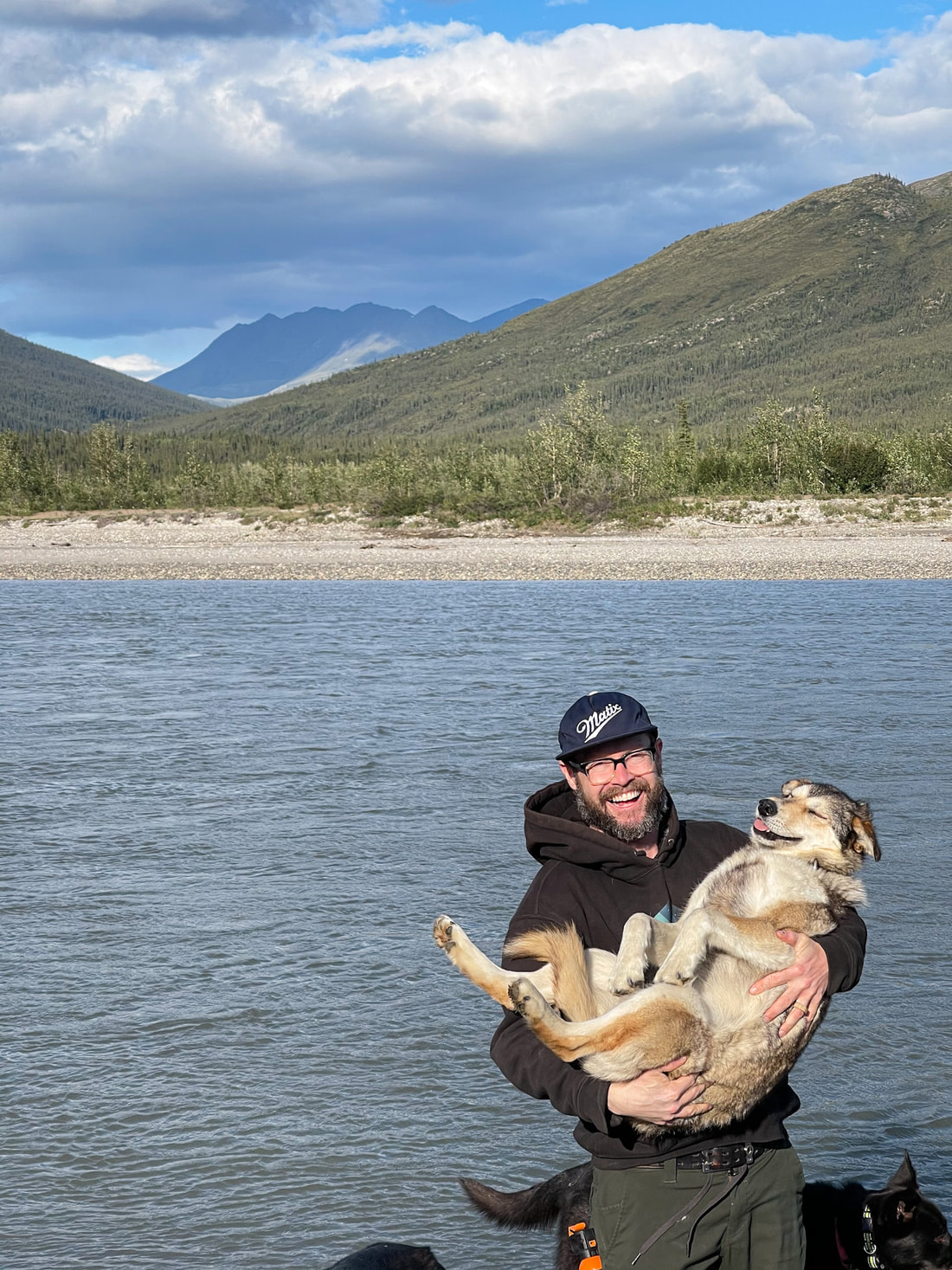
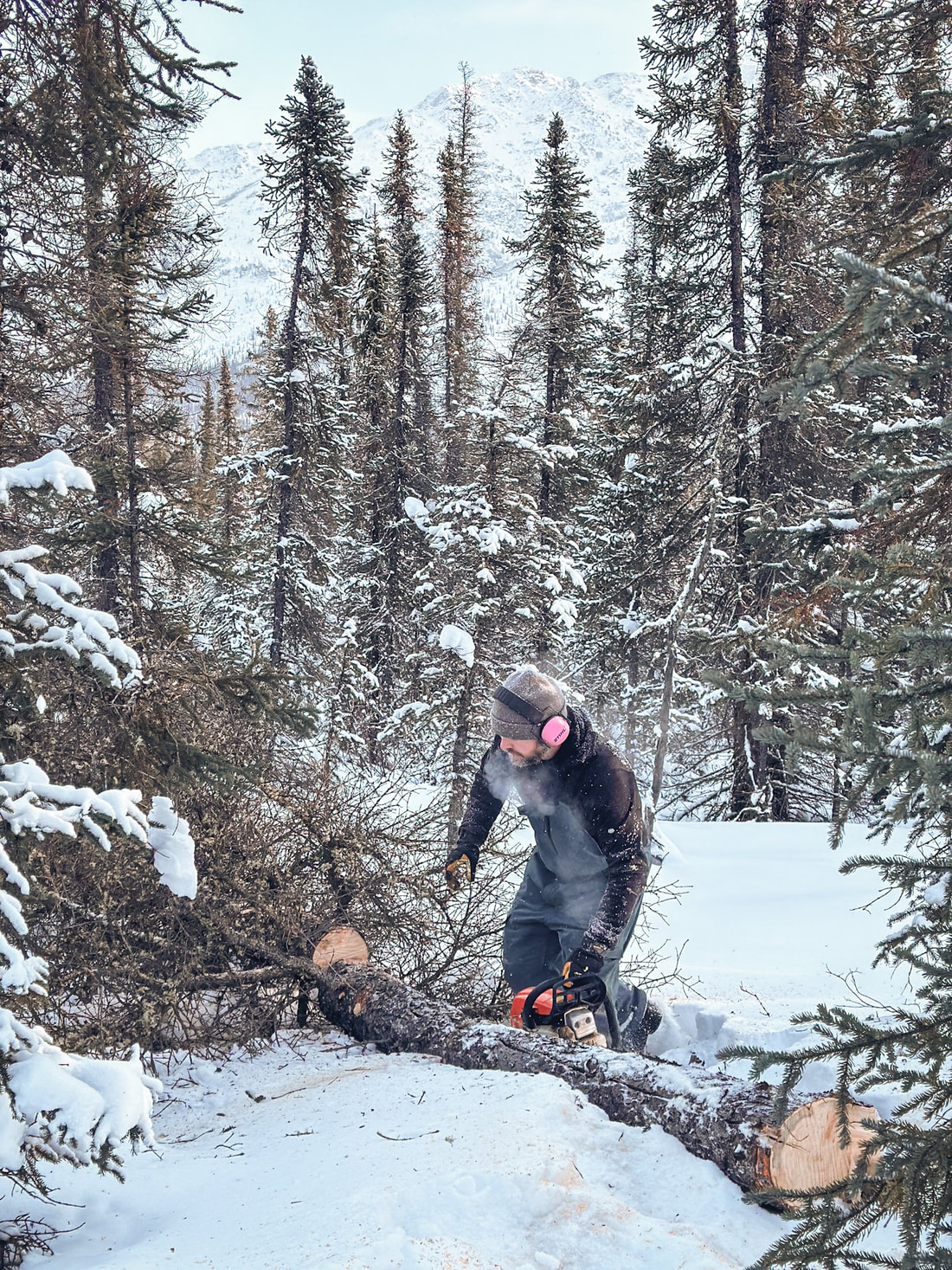
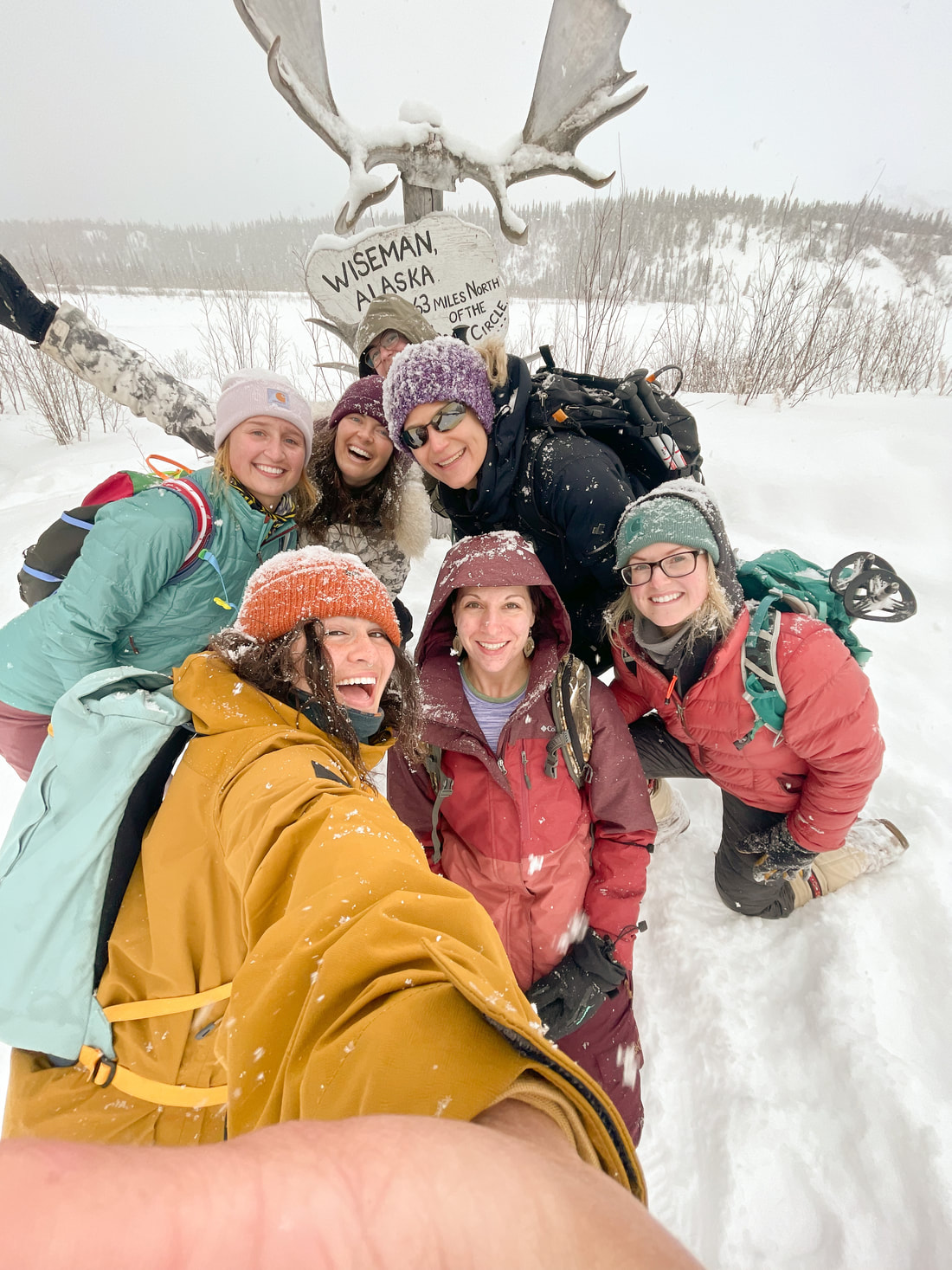
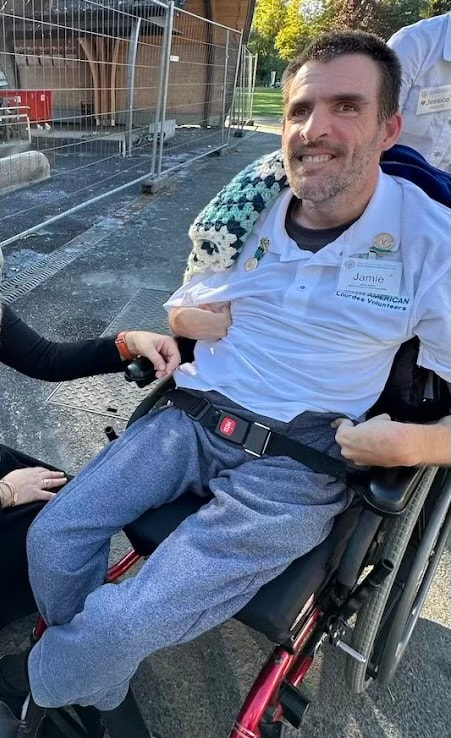
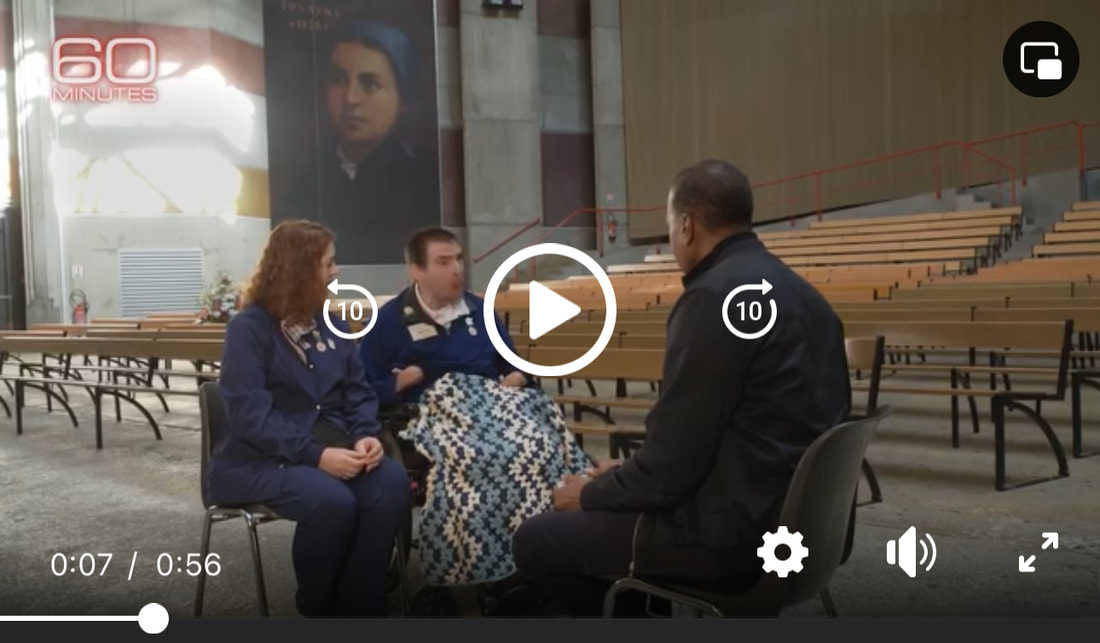
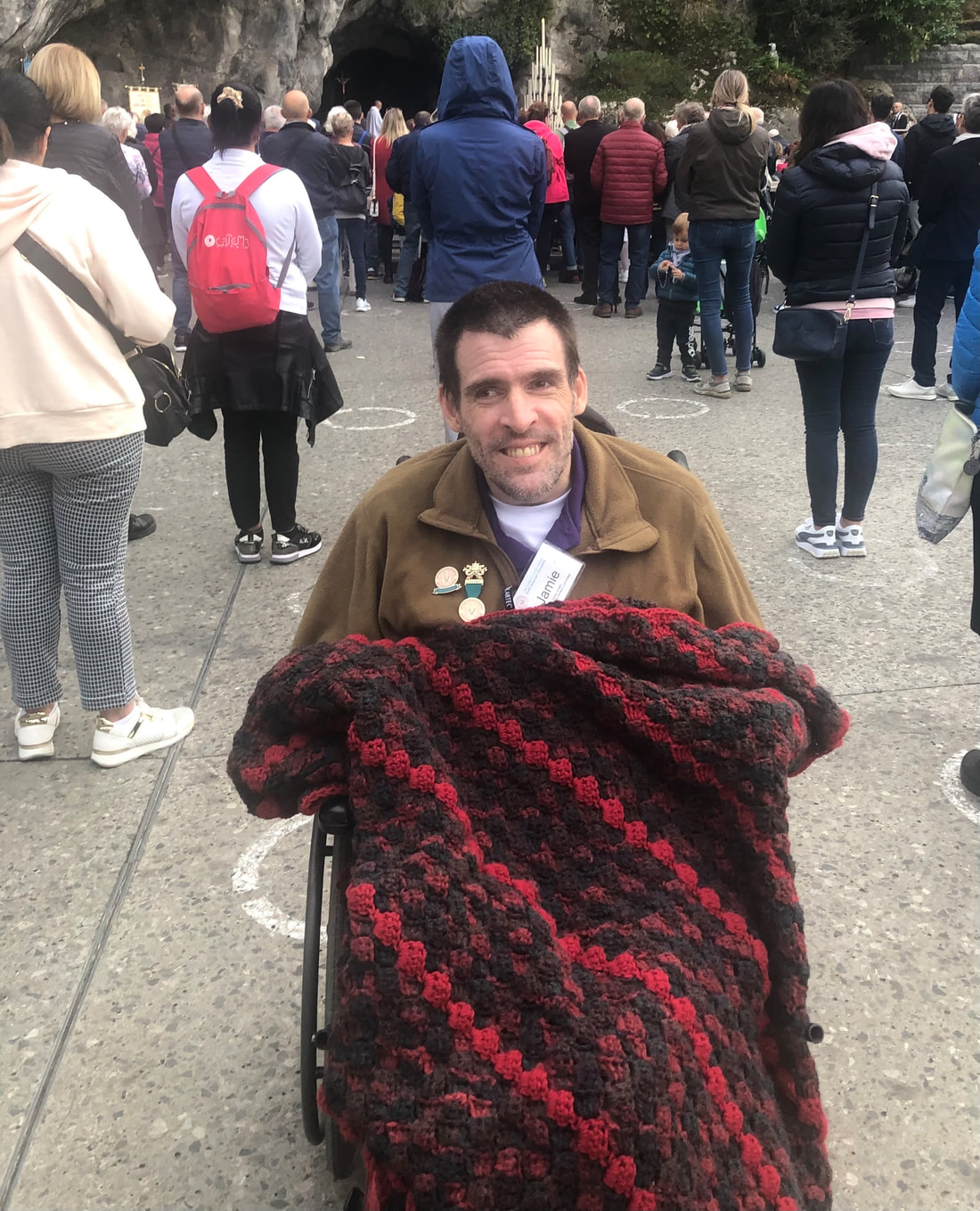
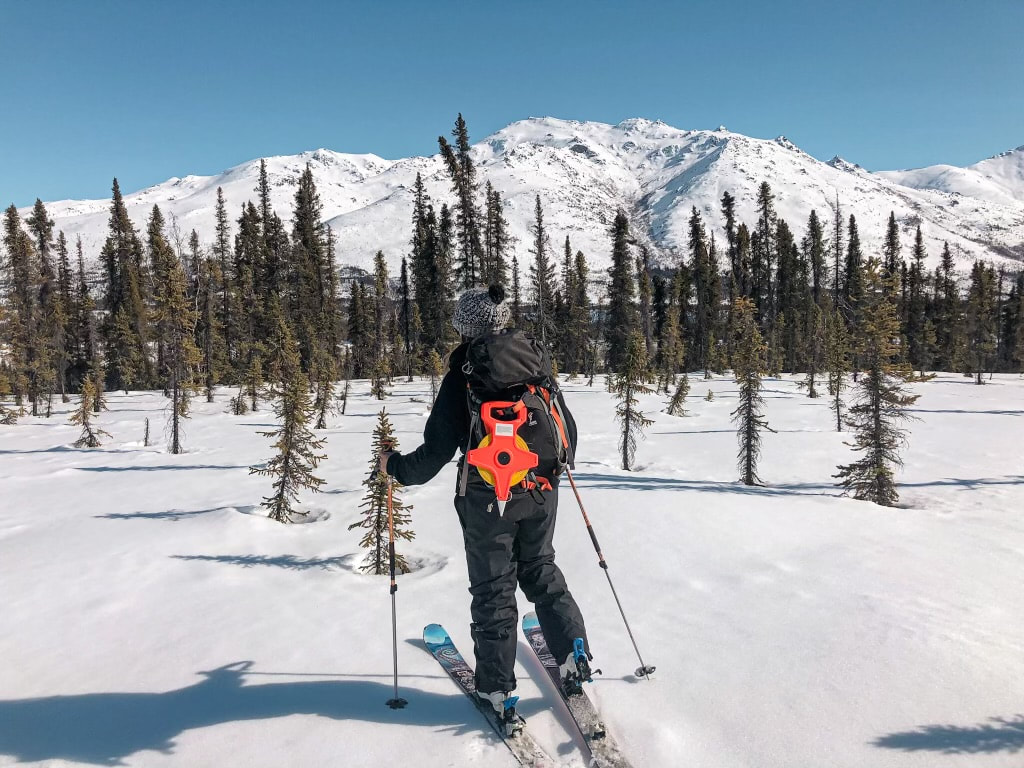
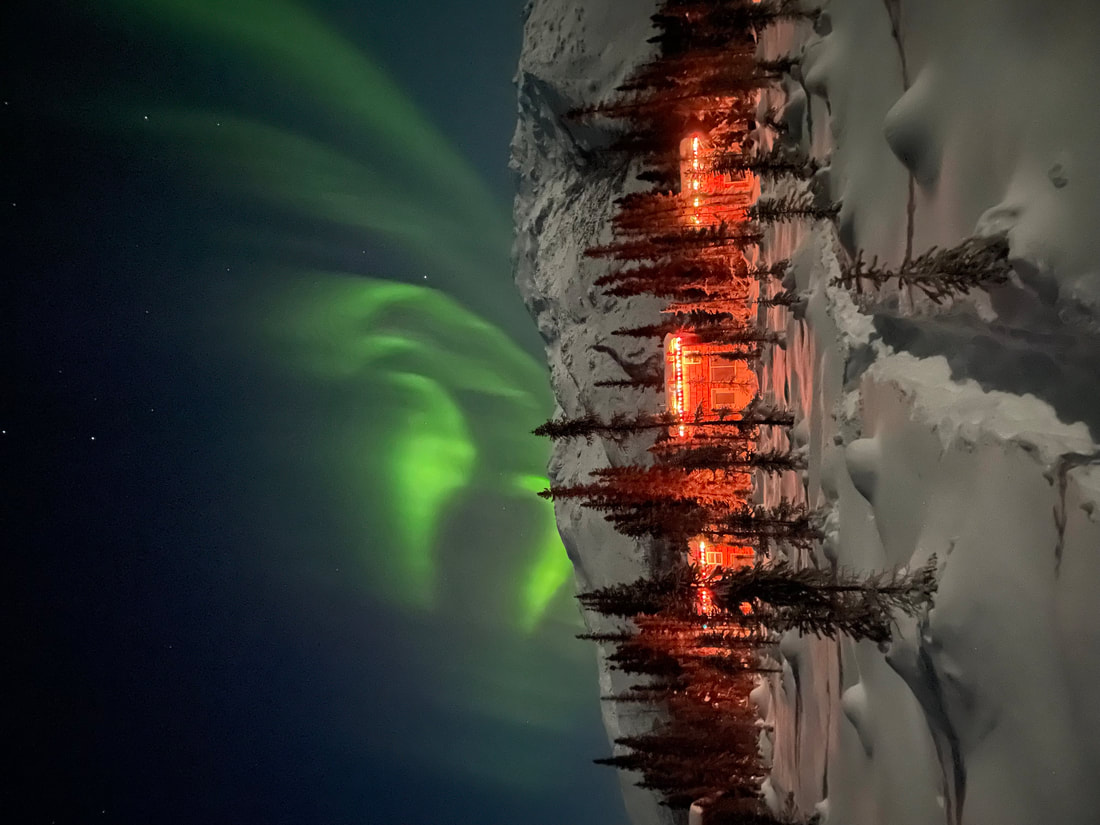
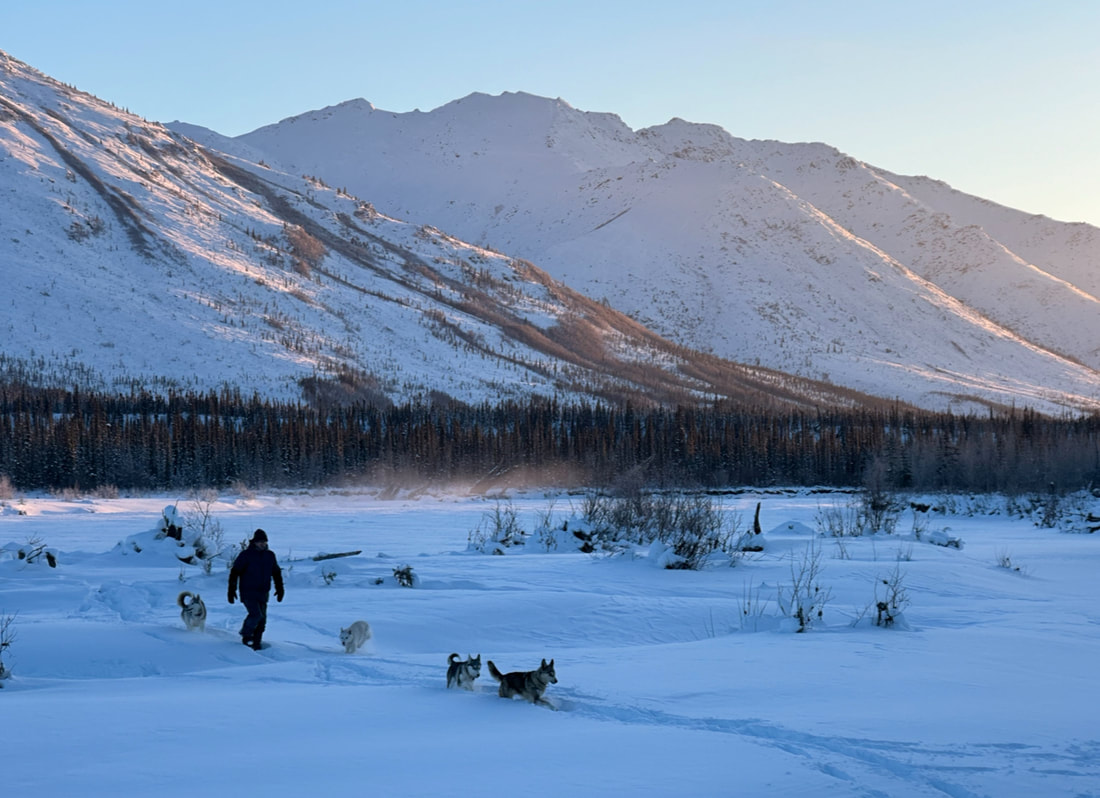
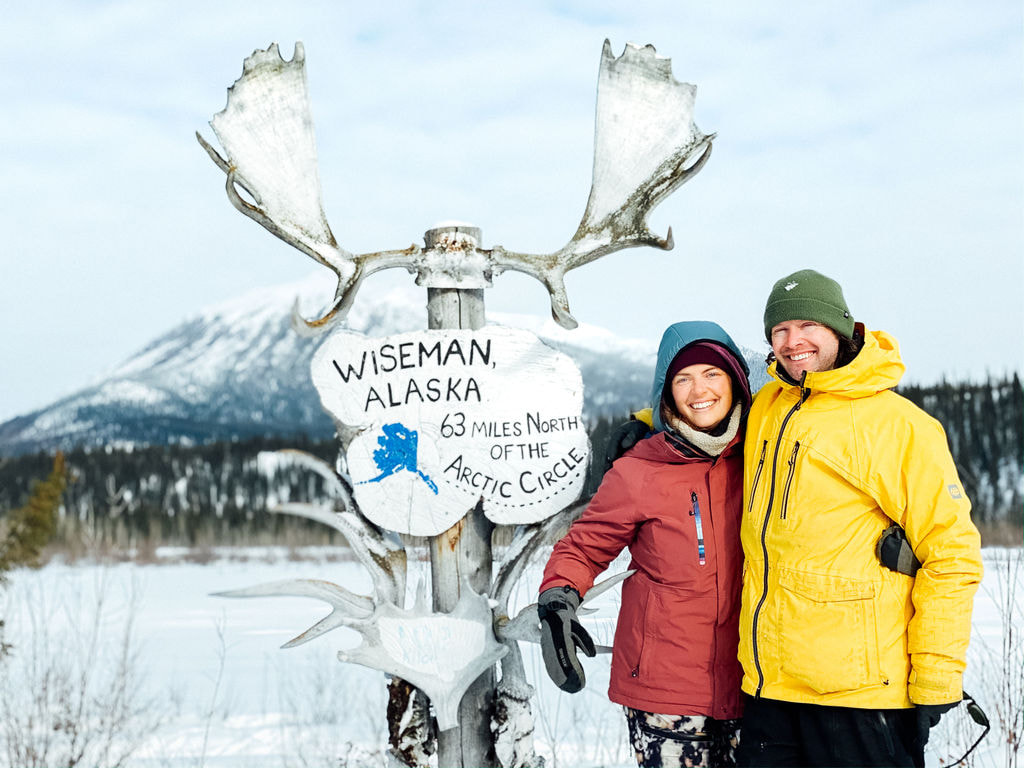
 RSS Feed
RSS Feed